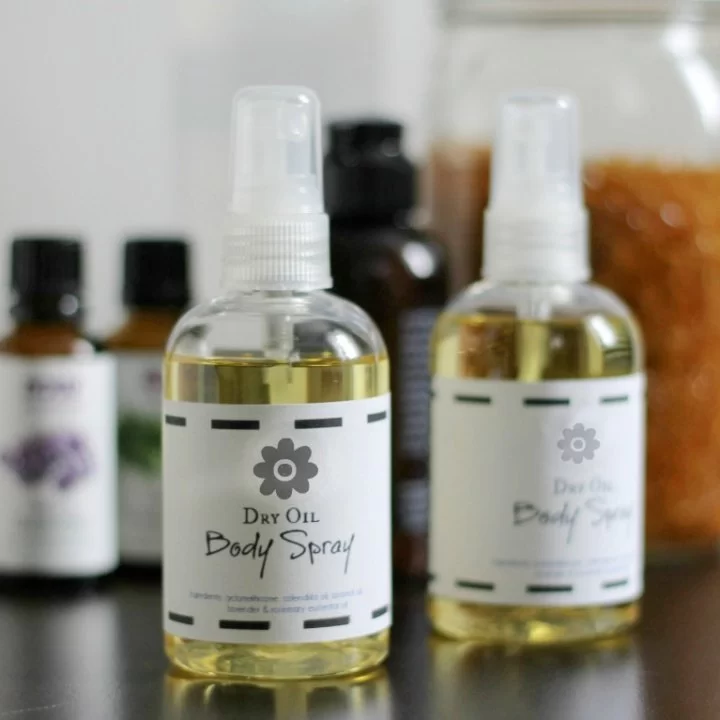- 1 - understanding-cyclomethicone
- 2 - benefits-of-body-spray
- 3 - step-by-step-guide
- 4 - practical-tips-and-cases
- 5 - expert-advice-and-safety
- 6 - where-to-find-quality-products
1. Understanding Cyclomethicone
Cyclomethicone is a lightweight silicone that evaporates quickly, leaving behind a silky, non-greasy feel. This makes it an ideal base for body sprays and perfumes. Unlike alcohol-based sprays that can dry out the skin, cyclomethicone is gentle and skin-friendly. In the fragrance industry, it is often chosen for products where smooth application and fast drying are important.
When searching for tutorials on how to make body spray with cyclomethicone, you’ll notice it is frequently recommended as a carrier that allows the fragrance oils to spread evenly without sticking or staining clothes.
2. Benefits of Using Cyclomethicone in Body Sprays
There are several reasons crafters and brands alike choose cyclomethicone over other bases. First, it has excellent slip and spreadability, meaning your body spray will feel luxurious when applied. Second, it avoids the strong bite of alcohol-based sprays, making it more suitable for sensitive skin. Finally, it enhances the longevity of the fragrance by carrying the essential oils without altering their scent profile.
Consumers who prefer a softer, skin-loving product often switch to silicone-based sprays after experiencing the difference. This trend has been visible in DIY communities and boutique fragrance shops alike.
3. Step-by-Step Guide to Making Body Spray with Cyclomethicone
Here’s a straightforward process to follow:
1. Prepare your ingredients: You’ll need cyclomethicone, fragrance or essential oils, and a clean spray bottle. A measuring cup or pipette will also be handy for precise mixing.
2. Measure the base: Fill about 90–95% of your bottle with cyclomethicone. This creates a light, fast-drying foundation.
3. Add fragrance: Carefully add 5–10% fragrance oil depending on the desired strength. Stir or shake gently to combine.
4. Test the spray: Spray on your wrist to check scent strength and adjust the ratio if needed.
5. Store properly: Keep your spray in a cool, dark place to preserve the fragrance quality.
This method creates a professional-grade body spray that feels smooth on the skin without stickiness.
4. Practical Tips and Real-Life Cases
Many DIY enthusiasts share stories of starting with alcohol-based body sprays, only to be disappointed by skin dryness and harsh scent throw. Switching to cyclomethicone often transforms their experience. For example, a small craft seller on Etsy reported that her customer base grew significantly after she replaced alcohol with cyclomethicone in her sprays, citing better reviews and repeat buyers.
Another practical tip: if you’re blending multiple essential oils, test the mixture in a smaller vial before committing to a full bottle. This saves both ingredients and frustration in case the fragrance balance isn’t quite right.
5. Expert Advice and Safety Considerations
While cyclomethicone is considered safe for topical use, moderation is key. Stick to recommended fragrance percentages to avoid skin irritation. Always conduct a patch test before introducing new oils. Professionals in cosmetic formulation emphasize that proper labeling and ingredient transparency build trust with users.
If you’re planning to sell your creations, check regional cosmetic safety regulations to ensure compliance. Not only will this protect your customers, but it also elevates your brand’s credibility.
6. Where to Find Quality Products
When you are ready to create your own body spray, sourcing high-quality cyclomethicone and fragrance oils makes all the difference. Premium-grade bases result in smoother, longer-lasting sprays. For curated fragrance oils and professional supplies, you can explore our website Scent Snob, where we provide carefully selected products and guidance tailored for both beginners and experienced formulators.


0 comments